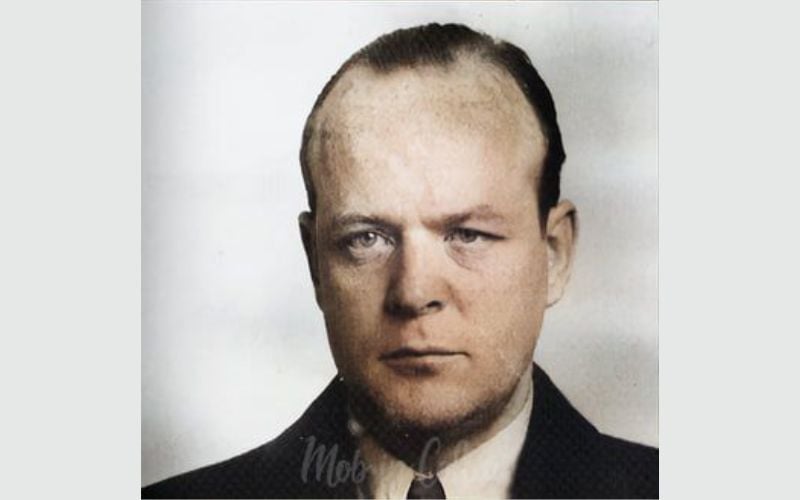| Tom O'Sullivan |
It was an autumn afternoon in the seventies when I came around a sweep in the Clare road near the village of Ballinacally, the sun still shining low in the sky, and there by heavens was the living poem of a blacksmith at his anvil, the fire red, the anvil singing and a spreading chestnut tree creating a yellowly whispering umbrella over the little roadside forge. I stopped of course and had a chat with the blacksmith.
His name was Tom O'Sullivan. He was not the big brawny smith with sinewy arms defined in the classic poem.
He was a thin and hardy quick man with a bright pair of eyes in his head, a gift of the blarney, a wide smile and a quick wit. We got on like a house on fire, the two of us, and I never passed Tom's forge without calling during all the years afterwards.
Sometimes there were years between the visits but that did not matter at all. We just took up where we left off the time before.
Even in the seventies there were not that many working horses left to be shod. Tractors had taken over the world where four generations of O'Sullivan smiths had shod the horses of Ballinacally in their time and season.
And replaced the iron tires on the carts and traps those horses patiently hauled. And the ploughs and harrows and Tumbling Paddies of a different age.
Yet Tom O'Sullivan adapted to the times, and his forge was always busy and full of chatting customers every time I called.
It was a special place, there under the spreading chestnut tree.
That first time I called I mentioned the chestnut tree. He left the anvil and came outside with me.
He pulled down one of the low branches without breaking it and he said, "Look. Do you see the marks left by the hooves of the horses of the faeries?"
Incredibly, indelibly on the glossy bark, the growth marks of the season are etched as absolutely perfect miniature hoof prints!
I suppose that is the reason the trees are called horse chestnut trees. I never forgot that.
Tom adapted to his era with great speed and skill. He would still shoe any horse that arrived at the forge door, but he became adept with the electric welding machines that were not available to his ancestors and became a master welder.
No better smith in the region to repair the increasingly more complex farm machines that the tractors pulled and powered. He was always busy at that.
And, in between, he produced ornamental gates and every kind of garden furniture, all marked with his "O'S" brand.
He bought old mowing machines for their heavy steel wheels and converted those wheels into the supports for garden benches that became famous.
He was such a craftsman that examples of his best work can now be seen in the Clare Museum. His forge was the place where men called as much for yarns and folklore and craic as they did for business.
He became the popular father of the community as well as the biological and proud father of a son and four daughters.
He was by far the oldest practicing traditional blacksmith in Clare when he lit the forge fires day after day last spring as the chestnut greened again in Ballinacally.
He was 87 then and it was to be his last year by the anvil. He closed the forge due to illness a few months ago and he died last week.
He was buried in his local Kilchreest graveyard a few miles down the road last Saturday. The whole community mourned and many wept openly, both women and men, at his Requiem Mass in the Christ the King chapel in Ballycorick, especially when Father Tom O'Dea preached a warm homily and even more especially when his son Declan spoke in praise of a good father from the altar.
His little forge is on the road between Ballinacally and the graveyard. The community saw to it that the forge was open again for the cortege's passing.
The fire was burning redly by the anvil. The door was open wide.
Tom's tools were displayed beside the door, and so were some of his works, including a big crane to guard the open hearths of yesterday.
The hearse stopped there for a while in respect before going on to the graveyard. When it turned into the graveyard it passed between a pair of heavy black ornamental gates that had been crafted, in his time, by
Tom's father, also named Tom.
And there was a breeze as they buried the blacksmith. So the little faery hooves danced along the branches between the whispering leaves of the chestnut tree, yellow and russet again.
And it is geographically true that the townland of Paradise lies less than a mile away from the grave where the people of Ballinacally buried their blacksmith.
So a lovely soul had only a very short way to travel towards eternal rest.




Comments